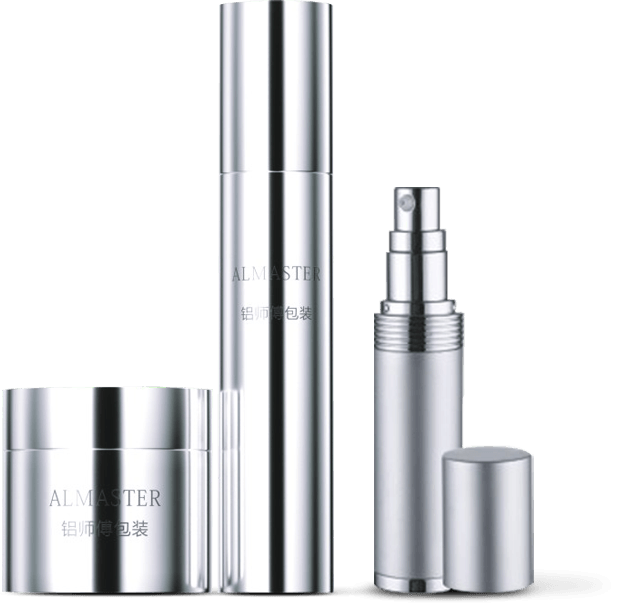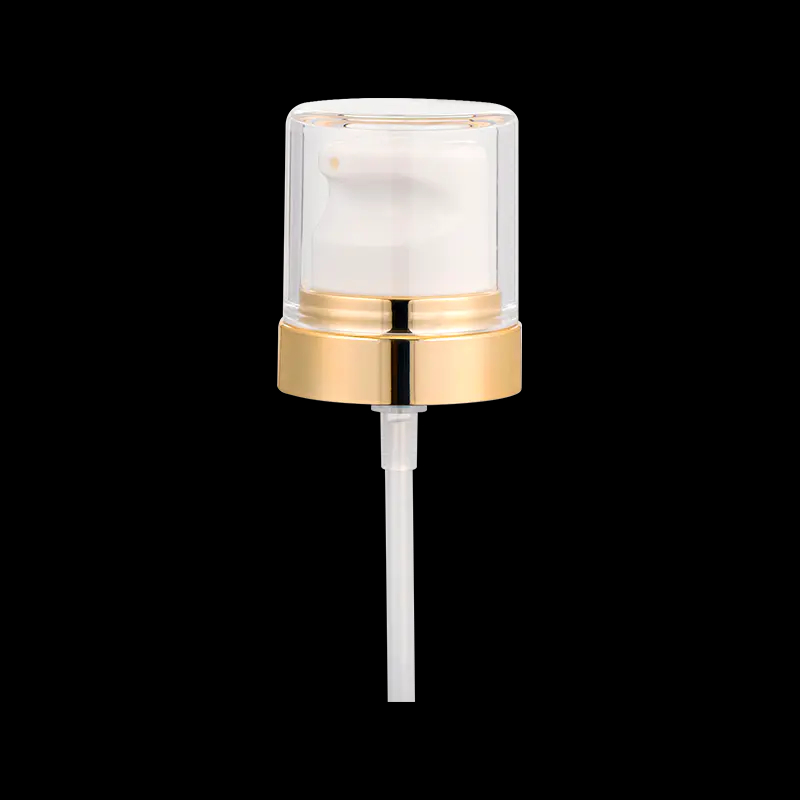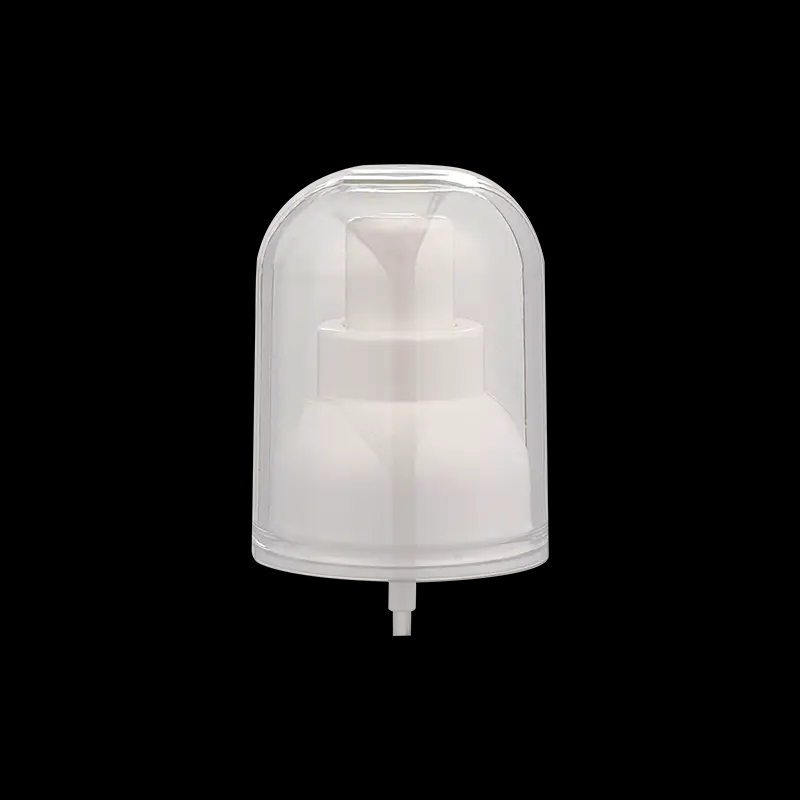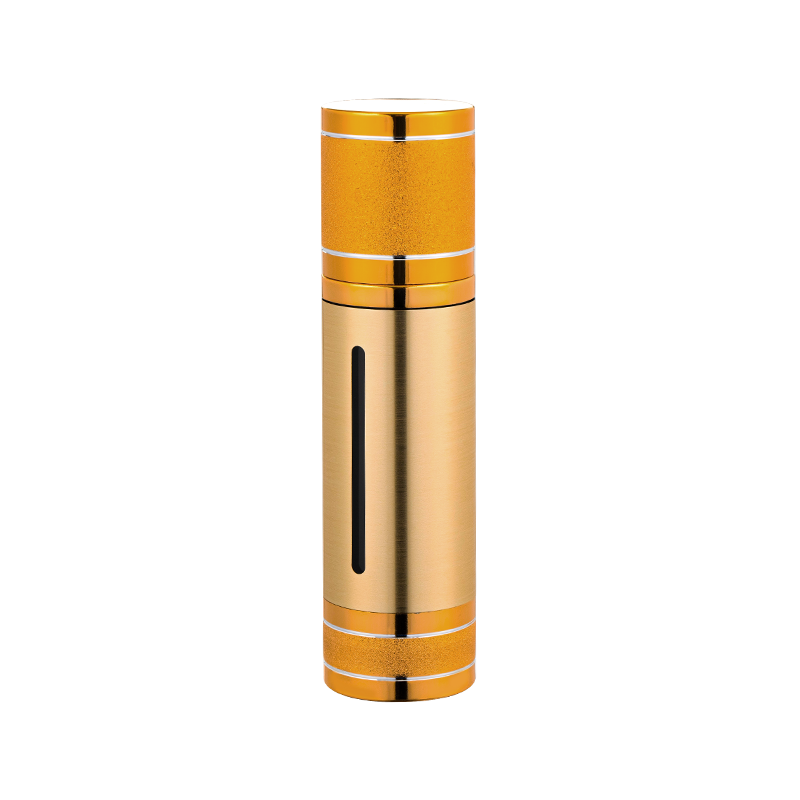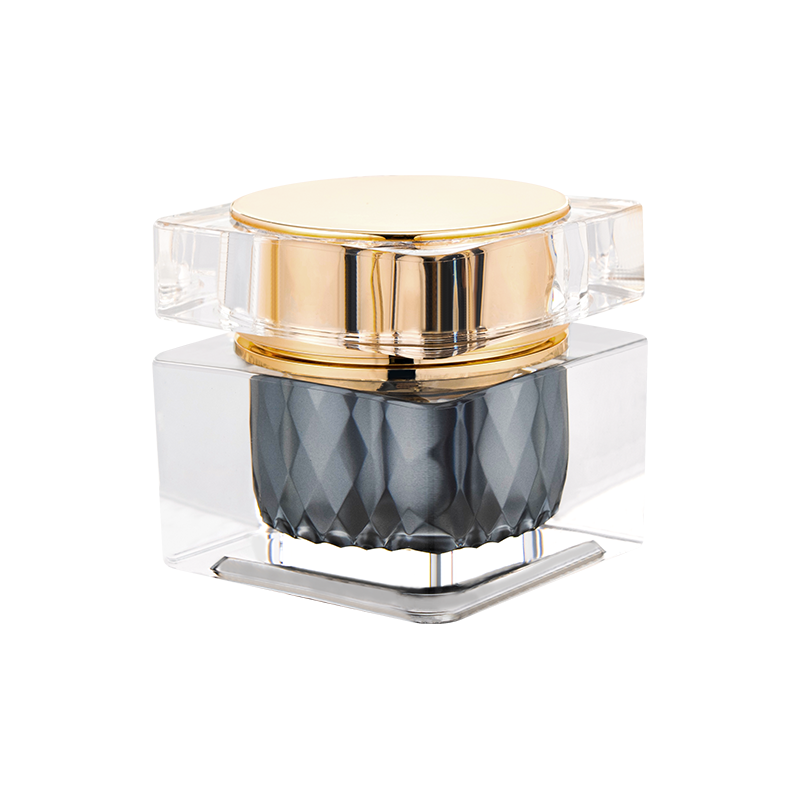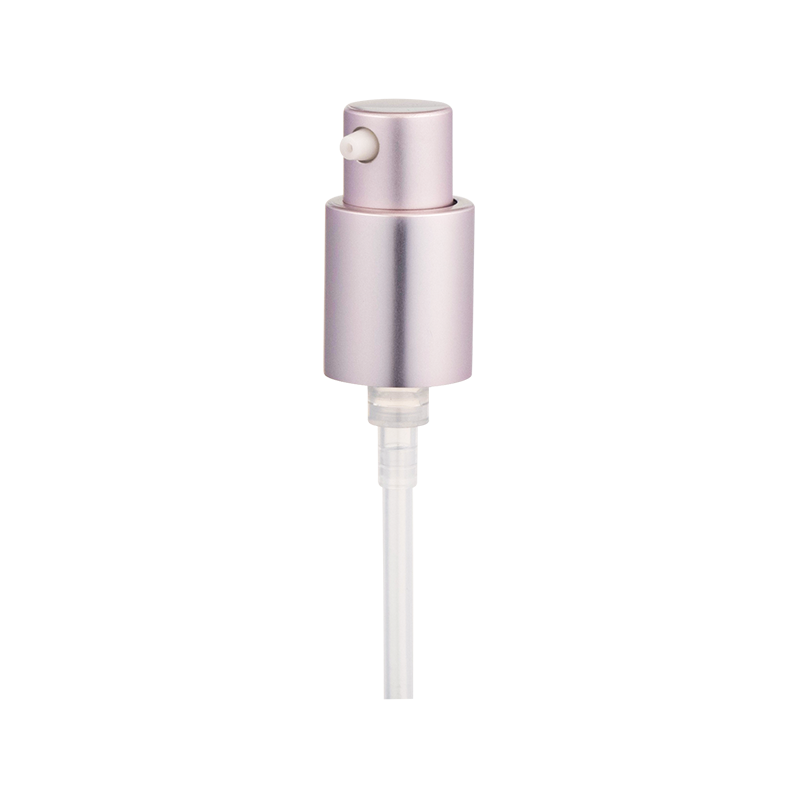Choosing the right
Skincare Bottles Packaging for skin care products is a critical decision that goes beyond aesthetics. The properties of both the product and the packaging material must align to ensure the preservation, efficacy, and safety of the skincare formulation.
Nature of the Product: Skin care products can vary widely in their formulation, ranging from water-based solutions to oil-based creams.
Skincare Bottles Packaging must be chemically compatible with the product to prevent interactions that could alter the formula, compromise stability, or degrade the product over time.
Barrier to Leaching: Ensure that the packaging material acts as a barrier, preventing substances from the packaging itself, such as plasticizers or colorants, from leaching into the skincare product. This is especially crucial for sensitive formulations.
UV Radiation: Exposure to light, especially ultraviolet (UV) radiation, can degrade the quality of many skincare ingredients. Packaging materials with UV-resistant properties, such as colored glass or UV-coated plastic, help protect light-sensitive formulations, ensuring they maintain their efficacy throughout the product's lifespan.
Oxidation Prevention: Air and moisture can contribute to the oxidation of certain ingredients, leading to a reduction in product efficacy and potential changes in color, odor, or texture. Packaging materials with effective barrier properties, such as aluminum or airless pump bottles, help minimize exposure to these elements, extending the product's shelf life.
Hydration Stability: For water-based formulations, preventing moisture from entering or escaping the Skincare Bottles Packaging is essential to maintaining the product's stability. Materials like PET or HDPE plastics are known for their moisture resistance.
Seal and Closure Systems: The integrity of the seal and closure systems is crucial to prevent leakage and contamination. Screw caps, pumps, or dropper assemblies should be designed to provide a secure and airtight closure, ensuring the product remains intact and free from external contaminants.
Tamper-Evidence: Consider incorporating tamper-evident features to assure consumers of the product's safety and authenticity.
Product Visibility: Transparent or translucent
Skincare Bottles Packaging allows consumers to see the product inside, providing a visual indication of the product's color, texture, and remaining quantity. However, if the formulation is sensitive to light, a compromise might be necessary, using tinted or opaque packaging.
Consumer Convenience: The weight and portability of the packaging material influence the overall consumer experience. Lightweight materials, such as certain plastics, enhance convenience for travel and daily use, while heavier materials like glass may convey a sense of luxury but may not be as practical for certain applications.
Recyclability and Environmental Impact:
Sustainability: The beauty industry is increasingly emphasizing sustainable packaging solutions. Choose materials that are recyclable or made from recycled content. Biodegradable options, like PLA, align with environmental concerns, contributing to a brand's commitment to sustainability.
Life Cycle Analysis: Consider the environmental impact of the entire life cycle of the packaging material, including production, transportation, and disposal. Opt for materials with a lower overall environmental footprint.
Premium Appearance: The packaging material contributes significantly to the overall aesthetic and perceived value of the product. Glass bottles, for example, often convey a premium image, while certain plastics may be associated with a more contemporary or functional feel. Align the material choice with the brand image and target audience.
Customization Options: Some materials offer more opportunities for creative and unique packaging designs, allowing brands to differentiate themselves in a competitive market.

